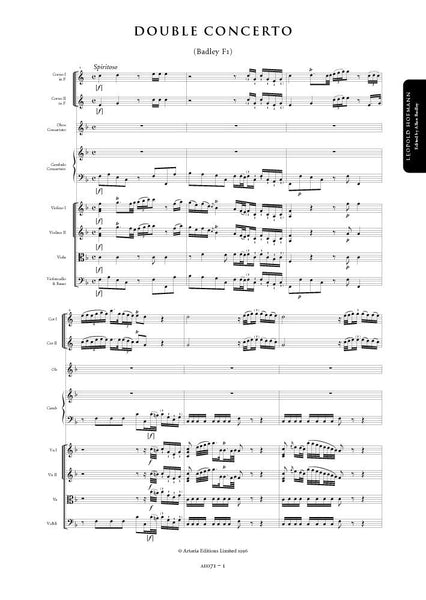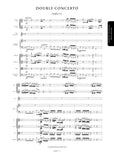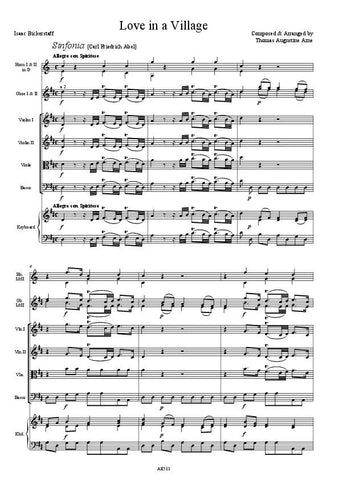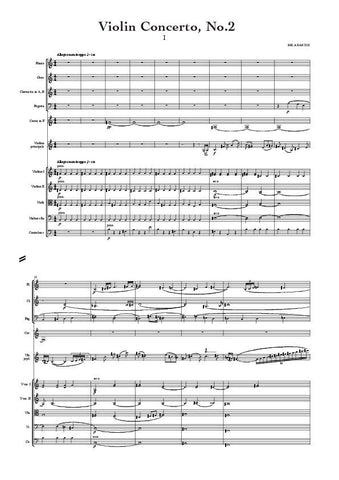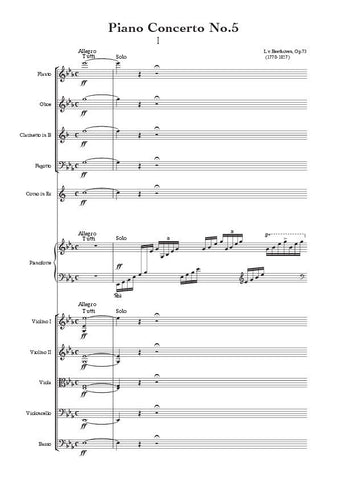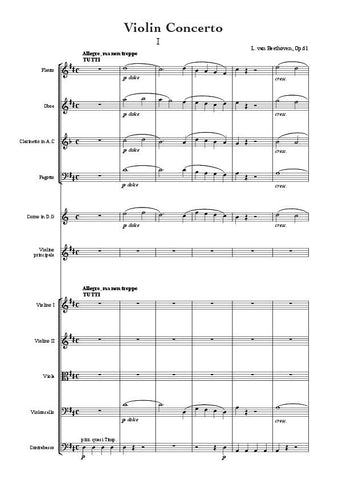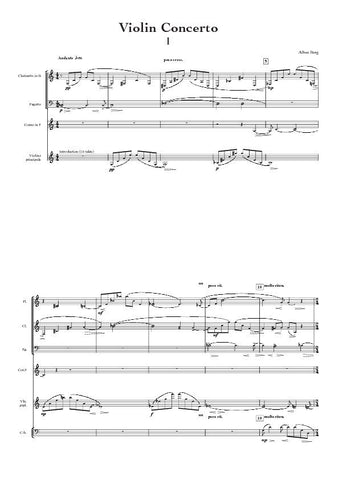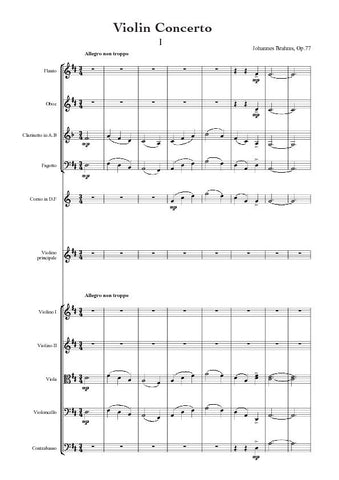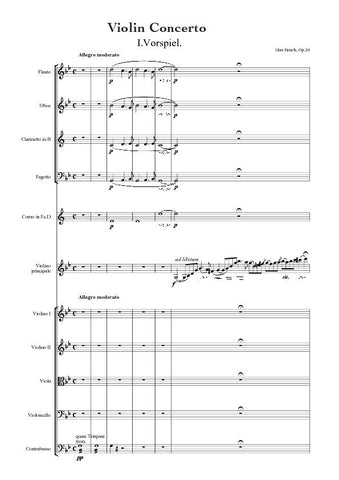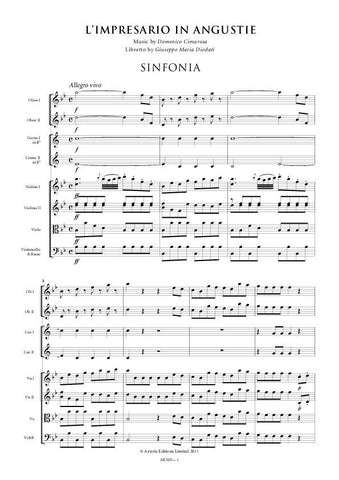Description |
Hofmann, Leopold (1738-1793)
|
||||||||||||||||||||
Audio sample |
|||||||||||||||||||||
Details |
A near contemporary and rival of Haydn, Leopold Hofmann was held in the highest regard in his native Vienna where he served as Kapellmeister at St Stephens Cathedral, a position to which Mozart might have succeeded had he lived. Leopold Hofmann was the most prolific and arguably the most popular composer of concertos in Vienna during the mid-18th century. Among Hofmanns most interesting and distinctive orchestral works are the two concertos for oboe and harpsichord written, in all likelihood, during the late 1760s. The appearance of the two works in successive years in the Breitkopf Catalogue (C1 - 1770 & F1 1771) is evidence of a sort that they were not composed at the same time. The unusual combination of solo instruments points strongly to an external commission; the composition of a second work, proof perhaps that the first work was well received. F1 is a larger-scale work than its partner which for various reasons should perhaps be more accurately styled concertino. It has two substantial sonata-ritornello movements and an impressive Tempo di Menuet finale. The orchestration is also markedly different: C1 is scored for the solo instruments, 2 violins and basso; F1 for a full string section and startling obbligato parts for two horns. Such is the importance of the horns that Hofmann reintroduces the tonic unexpectedly in the development sections of both outer movements in order to use the instruments thematically before resuming the process of development and modulatory extension. Thus, the sonority of the instruments is considered important enough by the composer to materially change the expected flow of the movement. F1 is an immensely appealing work; its thematic material is distinctive and interesting; the two instruments are treated as absolute equals and share in all the important musical action. Like its counterpart C1 the work seems to have achieved reasonable circulation in the 18th century although comparatively few copies survive. Among them is an arrangement of the works for two harpsichords which suggests a measure of popularity. Allan Badley |
Loading...
Error




